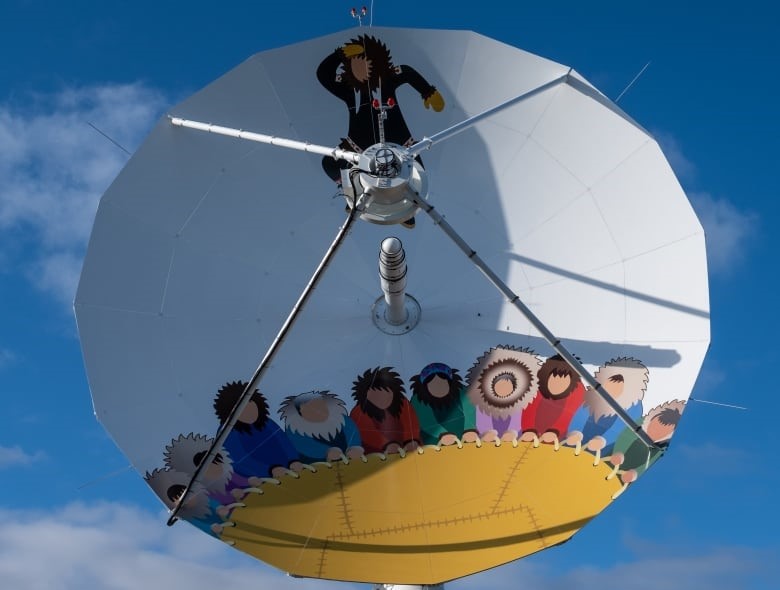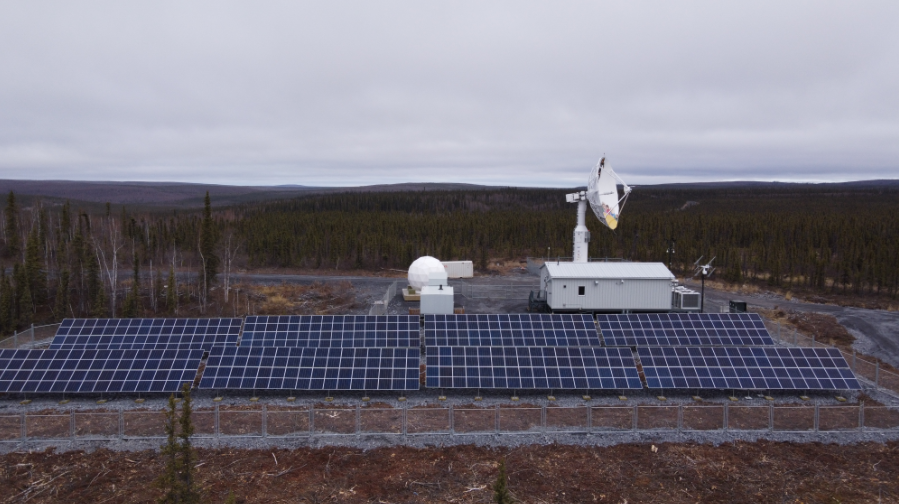Inuvik Satellite Station Facility

Inuvik Satellite Station Facility (YouTube video)
The Inuvik Satellite Station Facility is an international, multi-use science and technology facility with an emphasis on Earth Observation. The Government of Canada (GC) established the Inuvik Satellite Station Facility (ISSF) in 2010. Situated above the Arctic Circle, the Inuvik satellite station is ideally positioned to track and receive data in near real-time from polar-orbiting satellites for scientific, mapping, weather, surveillance and other purposes.
The ISSF is located on land owned by the GC and is administered and managed by the Canada Centre for Mapping and Earth Observation (CCMEO), part of Natural Resources Canada.
The ISSF currently hosts antennas owned by the German Aerospace Centre (DLR); the SSC (Swedish Space Corporation); by a partnership between SSC and Centre national d’études spatiales (CNES); and C-Core – Canadian Research and Development Corporation. NRCan also owns and operates its own infrastructure at the ISSF:
I-CAN1 – a 13-metre diameter antenna providing Reception and Telemetry, Tracking and Control (TT&C) services. I-CAN1 provides satellite support services for:
A building supporting I-CAN1 operations with space to support additional IT infrastructure.

The ISSF has proven to be an opportunity for engagement and collaboration. On National Indigenous Peoples Day (June 21 2019), NRCan held the official unveiling of the Antenna as Canvas project with the goal to honour the cultures and deep history of the Indigenous people in the Inuvik region. Local artists Ronnie Simon, Sheree McLeod, Anick Jenks and students from the East Three Secondary School Art Club created the artwork which represents Inuvialuit, Gwich’in, Métis, and the town of Inuvik respectively.

ICAN1 is powered in part by a new solar array installed in 2021 by local industry, which provides clean power to the ICAN facility as well as tenants, C-CORE and SSC, resulting in greenhouse gas offsets and a net reduction in electrical utility cost.
For further information, contact the Ground Segment and Data Infrastructure team at nrcan.rf-rsssa-rf-lsts.rncan@canada.ca.

Page details
- Date modified: